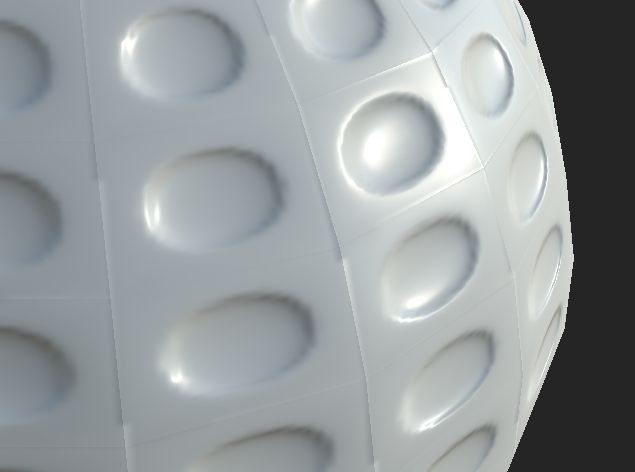Last updated on
May 24, 2023
- Substance 3D home
- Home
- Getting Started
- Bakers settings
- Settings overview
- Common Parameters
- Ambient Occlusion
- Ambient Occlusion from Mesh
- Bent Normals from Mesh
- Color Map from Mesh
- Convert UV to SVG
- Curvature
- Curvature from Mesh
- Curvature from Mesh (deprecated)
- Height Map from Mesh
- Normal Map from Mesh
- Opacity Mask from Mesh
- Position
- Position map from Mesh
- Thickness Map from Mesh
- Transferred Texture from Mesh
- World Space Direction
- World Space Normals
- Guides
- Features
- Common questions
- How to export the baked maps?
- Is dithering applied to baked textures?
- Should I enable "Compute tangent space per fragment"?
- What are Assbin files?
- What is the bit depth of baked textures?
- What is the difference between the OpenGL and DirectX normal format?
- Why are there strange stretches in my textures after baking or exporting?
- Why is Matching by Name not working with Ambient Occlusion/Thickness?
- Why is my mesh fully black after baking?
- Common issues
- Aliasing on UV Seams
- Baker output is fully black or empty
- Baking failed with Color Map from Mesh
- Black shading cross are visible on the mesh surface
- Mesh parts bleed between each other
- Normal map has strange colorful gradients
- Normal texture looks faceted
- Seams are visible after baking a normal texture
- Seam visible on every face
- Texture baked outside of Substance software looks incorrect
Seam visible on every face
Alert
Issue
A seam is visible on a few edges of the geometry even if there are no UV seams present :

Note
Explanation
If not using a cage, the Baking process will launch rays in the direction of the vertex normals of the low-poly mesh. If each vertex normals are split (meaning each face doesn't share the same vertex normals as the neighbor face) the rays will not be send in the same direction on the edges. This result in split because the information on each side of the edges is different.
This issue is also exacerbated by aliasing, as explained in this page.
Note
Solution
Only two solutions are possible here :
- Use a cage to control the ray direction instead of letting the baker compute it from the low-poly geometry.
- Merge the vertex normals of the low-poly mesh together (soften them / apply a common smoothing group).